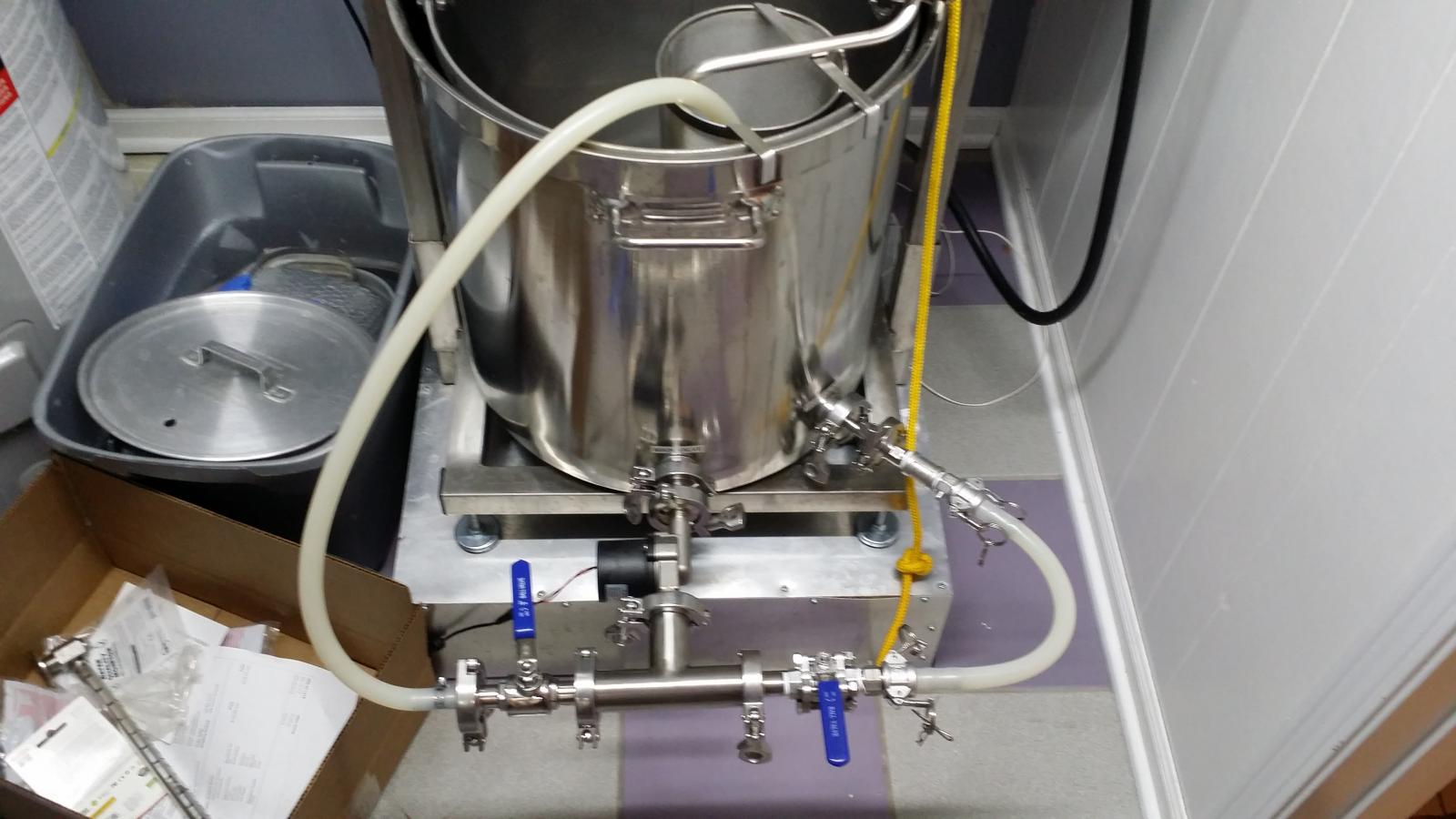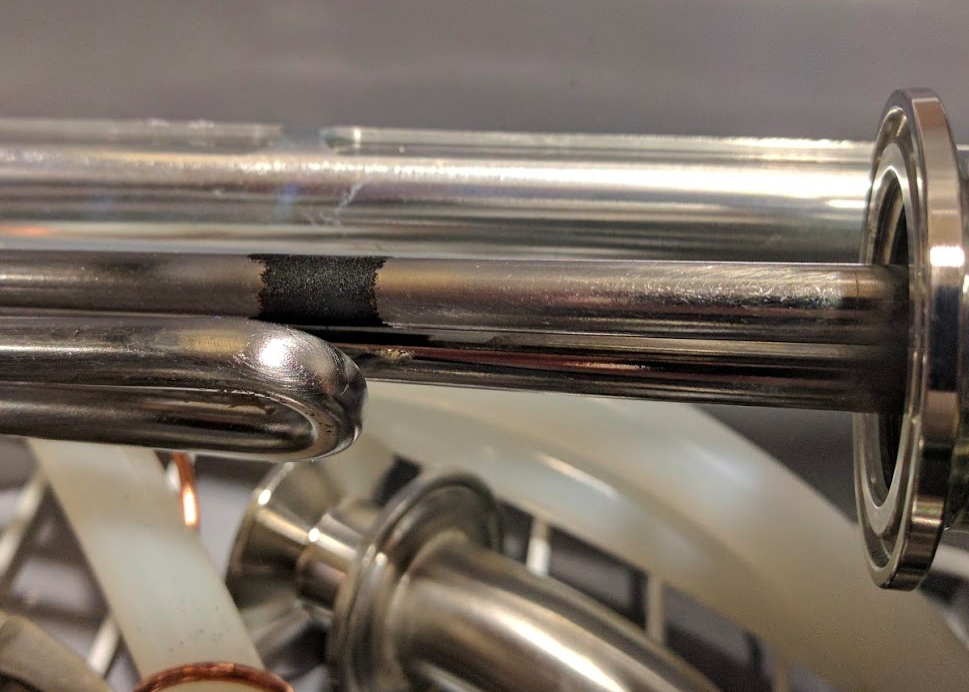I'm not sure what they could do besides recommend a clamp. If they create a new version that would help. I wonder if the connection was 1/2 if you could bury the manifold deeper into the grain bed.
I was recommending that people reciculate while adding grains but I'm not sure with the manifold. Last brew I found it got in the way of stirring the grains and I found dough balls while throwing my grains out. I think it might be better to add the grains first, then attach the manifold, and then start the pump.
I add the grains and stir vigorously then let it sit for about 30 seconds and place the manifold on top. I mean stirring like I do is doing more than any recirc could do to mix the grains and water together. When I have to stir (and I didn't with non wheat beers at all) I simply pick it up with one hand and stir with the other. on a side then the other side of the cross bar. Kind of PITA but not a huge deal really.




